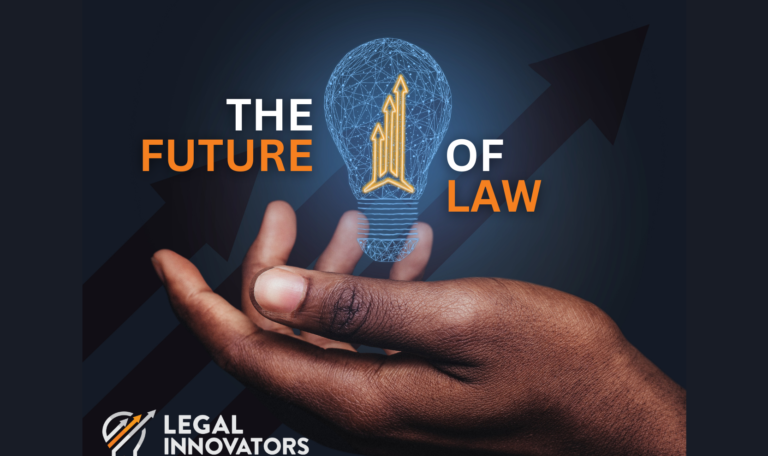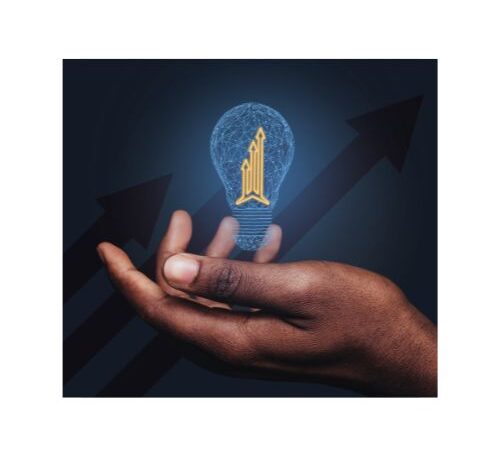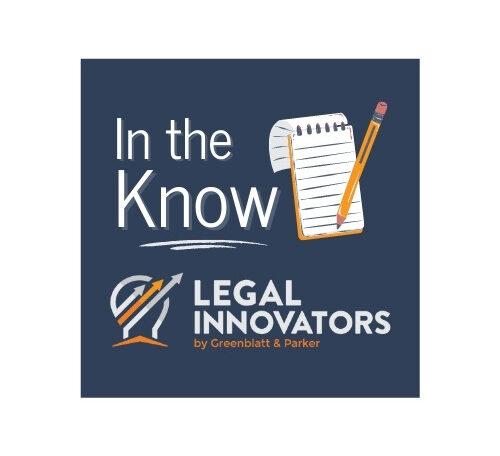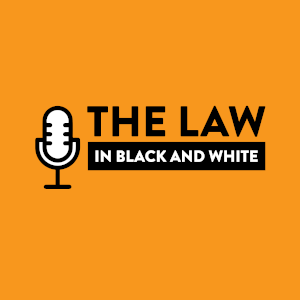By: Romina Montellano Yoerg
I. What are Stablecoins and Central Bank Digital Currencies (CBDCs)?
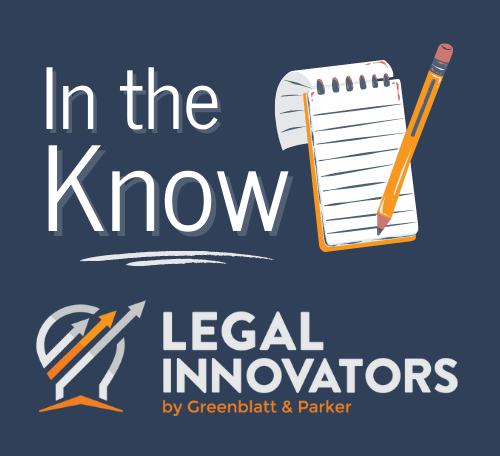
Stablecoins are a fast-growing type of crypto digital asset designed to retain a stable value through asset backing[i] or through algorithms that alter the supply of coins in response to demand.[ii] Stablecoins are issued by private entities and exchanged through peer-to-peer transactions on digital ledgers, and they can be centralized or decentralized.[iii] Centralized stablecoins, like Tether (USDT) are managed by the issuing company and mimic bank transactions in that the managing companies receive currency deposits in return for issuing stablecoins to customers.[iv] By contract, Decentralized Finance (DeFi) stablecoins, like Maker DAO’s Dai, do not depend on intermediaries and work thanks to smart contracts on blockchains.[v]
CBDCs are digital government-issued currency; they are “a direct liability of the [issuing] central bank.”[vi] Central banks are looking to CBDCs as a way of “strengthening the role of sovereign currencies in an increasingly cashless world.”[vii] CBDC’s popularity exploded in 2020. In February 2020, Sweden announced the pilot of an e-Krona.[viii] In October 2020, China distributed 10 million digital Yuan to the public as part of their CBDC pilot,[ix] Cambodia announced their CBDC pilot,[x] and the Bahamas’ Sand Dollar became the first official CBDC.[xi] As of November 2020, about 80% of central banks in the world, including the United States Federal Reserve, were studying the possibility of adopting a CBDC.[xii]
II. Popularity of stablecoins leads to regulatory concerns
In November of 2021, the market capitalization of stablecoins was about $141 billion,[xiii] marking a growth of over $100 billion in one year.[xiv] Stablecoins present an attractive alternative to government-issued currencies because they facilitate efficient transactions, are independent of governments and banks, and are accessible to a wider swath of the population than government-backed, regulated financial services. The stability of stablecoins makes them a digital asset that could be used as a form of currency.[xv] Their independence from governments and central banks acts as a safeguard from government overreach and protects users’ privacy. Stablecoins can be held pseudonymously, which makes them resistant to “forfeiture by state authorities or extortion by criminal actors.” [xvi] Finally, their accessibility expands the pie of market participants, helping the unbanked and underbanked. Thus, stablecoins are useful in retail transactions[xvii] and provide great potential for societal benefits such as supporting countries dealing with political turmoil, and other emerging markets.[xviii]
However, as stablecoins rise in popularity so do governments’ desire to bring them within their regulatory umbrellas. Stablecoins pose a unique threat to the sovereignty of domestic currencies around the world. [xix] Of special concern are stablecoins with large and/or cross-border customer bases that may aid in the global adoption of the coin.[xx] The adoption of a “global stablecoin” (GSC), especially a U.S. dollar (USD)-backed coin, could result in the substitution of local currencies, leaving central banks with less control (i.e., “digital dollarization”). [xxi] This is because the USD is the world’s dominant currency[xxii] and its dominance translates to the world of stablecoins as the top six stablecoins are pegged to the dollar.[xxiii]
In addition to their potential encroachment on governmental sovereignty,[xxiv] stablecoins can facilitate illicit activities and have major gaps in the ways they protect data.[xxv]
III. U.S. CBDC considerations and problems with implementation
Unlike stablecoins, a U.S. CBDC would be currency, making it immediately usable upon issuance. Additionally, it could be structured using digital asset technology to drastically speed up transactions while lowering transaction costs.[xxvi] Finally, a U.S. CBDC would be a more secure alternative to stablecoins because it would be guaranteed by the Fed and exchangeable for cash,[xxvii] reducing users’ concerns about asset-backing, stabilization, or fraudulent schemes by the issuer.[xxviii]
In September of 2021, the Federal Reserve stated that it would “soon” release a report on CBDCs; however, the report has yet to be published.[xxix] Unfortunately, there are many important decisions that require extensive research and will complicate the implementation of a U.S. CBDC. In October 2021, Federal Reserve’s chief innovation officer, Sunaya Tuteja, stated that the development of a U.S. CBDC was “multidisciplinary” and that the Fed was working with the Massachusetts Institute of Technology (MIT) on the technology that could be used.[xxx] In considering a CBDC, the U.S. will have to decide, among other things, whether to have a distributed ledger or a centralized ledger, whether to make the CBDC platform public or permissioned,[xxxi] whether to make transactions account-based or token-based[xxxii], and whether the CBDC can be used for retail payments, wholesale payments, or both.[xxxiii] Therefore, it seems that a world of CBDCs is still a decent while away, and, in the meantime, stablecoins are here to stay.
IV. 2021 President’s Working Group stablecoin guidance
The Biden administration appears to be putting some pressure on Congress to pass stablecoin-related legislation. In late 2021, the President’s Working Group on Financial Markets (PWG), the Federal Depository Insurance Corporation (FDIC), and the Office of the Comptroller of the Currency (OCC) published a report on stablecoins.[xxxiv] The report called on Congress to pass legislation to limit the “issuance of stablecoins to insured depository institutions . . . and [establish] a federal prudential framework to reach other participants in stablecoin arrangements.”[xxxv] In the meantime, various regulatory agencies like the OCC, FDIC, Securities and Exchange Commission (SEC), and Commodity Futures Trading Commission (CFTC) will continue using their oversight and enforcement powers to “ensure that certain types of entities involved in stablecoin arrangements (e.g., issuers and custodial wallet providers) comply with existing regulations.”[xxxvi]
V. Conclusion
Although legislation will surely take time,[xxxvii] stablecoin regulation will probably come before a CBDC because it will be easier to implement and could be shaped through agency action. Regulation of stablecoins would not require the piloting of a government-backed digital coin, and existing financial institutions could see an increase in their market value as a result, pushing banks to potentially issue their own stablecoins as a result.[xxxviii]
[i] For example, FIAT currencies or other digital assets. See Bank for Int’l Settlements [BIS], Stablecoins: risks, potential and regulation, at 3, BIS Working Papers No. 905 (November 2020), https://www.bis.org/publ/work905.pdf. (hereinafter BIS Working Paper on Stablecoins).
[ii] Id. at 6.
[iii] Marx Dagger, A Comprehensive Guide to Decentralized Stablecoins, hackernoon (May 6, 2020), https://hackernoon.com/a-comprehensive-guide-to-decentralized-stablecoins-22f66553c807.
[iv] Id.
[v] Jeff Kauflin, Why Everyone in Crypto Is Talking About DeFi, Forbes (Apr. 26, 2019), https://www.forbes.com/sites/jeffkauflin/2019/04/26/why-everyone-in-crypto-is-talking-about-defi/?sh=4917fe99723f.
[vi] Bank for Int’l Settlements [BIS], Central bank digital currencies: foundational principles and core features, at 3, BIS Report No. 1 (2020), https://www.bis.org/publ/othp33.pdf. (Hereinafter BIS Report on CBDCs).
[vii] “The Covid-19 crisis has accelerated the shift to digital payments. It has fanned public concerns about viral transmission through cash and led to a surge in the use of digital payments.” BIS Working Paper on Stablecoins, supra note 1, at 2.
[viii] “Sweden is the least cash-dependent country in the world, making it a litmus test for how central banks can react to people using less of the money they print.” Colm Fulton, Sweden starts testing world’s first central bank digital currency, Reuters (Feb. 20, 2020), https://www.reuters.com/article/us-cenbank-digital-sweden/sweden-starts-testing-worlds-first-central-bank-digital-currency-idUSKBN20E26G.
[ix] The People’s Bank of China distributed $1.5 million worth of digital Yuan’s to 50,000 people who won a lottery contest. Mike Dalton, The Digital Dollar: Three Stablecoin Developments for October 2020, bitrates (Oct. 24, 2020), https://www.bitrates.com/news/p/the-digital-dollar-three-stablecoin-developments-for-october-2020.
[x] Danny Neslon, Bakong Blockchain Payments System, CoinDesk (updated Oct. 28, 2020), https://www.coindesk.com/cambodia-launches-bakong-blockchain-payments.
[xi] Id.
[xii] Blockchain News, Stablecoins Will See Bigger Adoption than CBDCs, says Circle Founder, business blockchain HQ (Nov. 3, 2020), https://businessblockchainhq.com/business-blockchain-news/stablecoins-will-see-bigger-adoption-than-cbdcs-says-circle-founder/.
[xiii] Will Canny, Bank of America Sees Stablecoin Regulation as Catalyst to Mass Adoption, CoinDesk (Nov. 23, 2021), https://www.coindesk.com/policy/2021/11/23/bank-of-america-sees-stablecoin-regulation-as-catalyst-to-mass-adoption/.
[xiv] John Adams, The not-so-stable state of stablecoin regulation, American Banker (Dec. 1, 2021), https://www.americanbanker.com/payments/news/the-not-so-stable-state-of-stablecoin-regulation.
[xv] Bank for Int’l Settlements [BIS], Investigating the impact of global stablecoins, G7 Working Group on Stablecoins, at 6 (October 2019), https://www.bis.org/cpmi/publ/d187.pdf. (Hereinafter G7 Working Group on Stablecoins).
[xvi] However, despite protecting people’s identities, there are critiques that stablecoins are not doing enough to protect users’ privacy. Marie Huillet, Human Rights Foundation: Stablecoin Privacy is ‘Extremely Lackluster’, Cointelegraph (Nov. 22, 2019), https://cointelegraph.com/news/human-rights-foundation-stablecoin-privacy-is-extremely-lackluster.
[xvii] G7 Working Group on Stablecoins, supra note 13, at 1.
[xviii] “Issuers have also portrayed stablecoins as a solution to promote financial inclusion and address issues in cross- border payments, particularly for emerging markets.” BIS Working Paper on Stablecoins, supra note 1, at 6.
[xix] Bank for Int’l Settlements [BIS], Central bank digital currencies: foundational principles and core features, at 8-9, BIS Report No. 1 (2020), https://www.bis.org/publ/othp33.pdf. (Hereinafter BIS Report on CBDCs).
[xx] G7 Working Group on Stablecoins, supra note 13.
[xxi] BIS Report on CBDCs, supra note 4, at 8.
[xxii] In April 2019, the dollar was on one side of 88% of all foreign exchange (FX) trades. See Bank for Int’l Settlements, Foreign exchange turnover in April 2019, Triennial Central Bank Survey (Sep. 16, 2019), https://www.bis.org/statistics/rpfx19_fx.pdf.
[xxiii] Madana Prathap, Top 6 stablecoins in the crypto market – what they are, how they work and why they have governments worried, Business insider (Dec. 24, 2021), https://www.businessinsider.in/investment/news/top-6-stablecoins-in-the-crypto-market-what-are-they-how-to-they-work-and-why-they-have-governments-worried/articleshow/87667452.cms.
[xxiv] BIS Report on CBDCs, supra note 4, at 9.
[xxv] G7 Working Group on Stablecoins, supra note 13, at 7.
[xxvi] BIS Report on CBDCs, supra note 4 at 14.
[xxvii] Including the European Central Bank (ECB), Sweden’s Riksbank, and the People’s Bank of China. Ian Stewart, Central bank digital currencies could be the next stage in the evolution of money, Reaction (Oct. 12, 2020), https://reaction.life/central-bank-digital-currencies-could-be-the-next-stage-in-the-evolution-of-money/.
[xxviii] G7 Working Group on Stablecoins, supra note 13, at 14-15.
[xxix] Jonnelle Marte, Fed to release paper on central bank digital currency soon, Reuters (Sep. 22, 2021), https://www.reuters.com/business/fed-release-paper-central-bank-digital-currency-soon-powell-says-2021-09-22/.
[xxx] Mark Kolakowski, Where the fed stands on crypto and digital currencies, Investopedia (Oct. 13, 2021), https://www.investopedia.com/where-the-fed-stands-on-crypto-and-digital-currencies-5205377.
[xxxi] Permissioned” meaning, that the central banks confirm the identity and role of participants before they are allowed to join the network. See Jake Frankenfield, Permissioned Blockchains, Investopedia (updated Jun. 30, 2020), https://www.investopedia.com/terms/p/permissioned-blockchains.asp.
[xxxii] “Account-based” means that the identity of the user will need to be verified in order to approve transactions, while “token-based” means that only the validity of the token needs to be verified (like cash transactions).
[xxxiii] Retail means that it “can be used by the public, for day-to-day payments.” Wholesale means that it is used for financial market payments. See G7 Working Group on Stablecoins, supra note 13, at 1.
[xxxiv] U.S. regulators speak on stablecoin and crypto regulation, Davis Polk (Nov. 12, 2021), https://www.davispolk.com/insights/client-update/us-regulators-speak-stablecoin-and-crypto-regulation.
[xxxv] Kathryn G. Wellman & Neil T. Bloomfield, President’s working group report calls for stablecoin regulation, Reuters (Dec. 2, 2021), https://www.reuters.com/legal/transactional/presidents-working-group-report-calls-stablecoin-regulation-2021-12-02/.
[xxxvi] Id.
[xxxvii] Currently there is one bill in Congress aimed at stablecoin regulation. H.R. 4741, introduced on September 28th, 2021, is being reviewed by the Committee on Financial Services’ Subcommittee on Commodity Exchanges, Energy, and Credit.
[xxxviii] Bank of America stated that Mastercard, Signature, Visa and Western Union could see an increase in market value from stablecoin regulation. Will Canny, Bank of America Sees Stablecoin Regulation as Catalyst to Mass Adoption, CoinDesk (Nov. 23, 2021), https://www.coindesk.com/policy/2021/11/23/bank-of-america-sees-stablecoin-regulation-as-catalyst-to-mass-adoption/.

